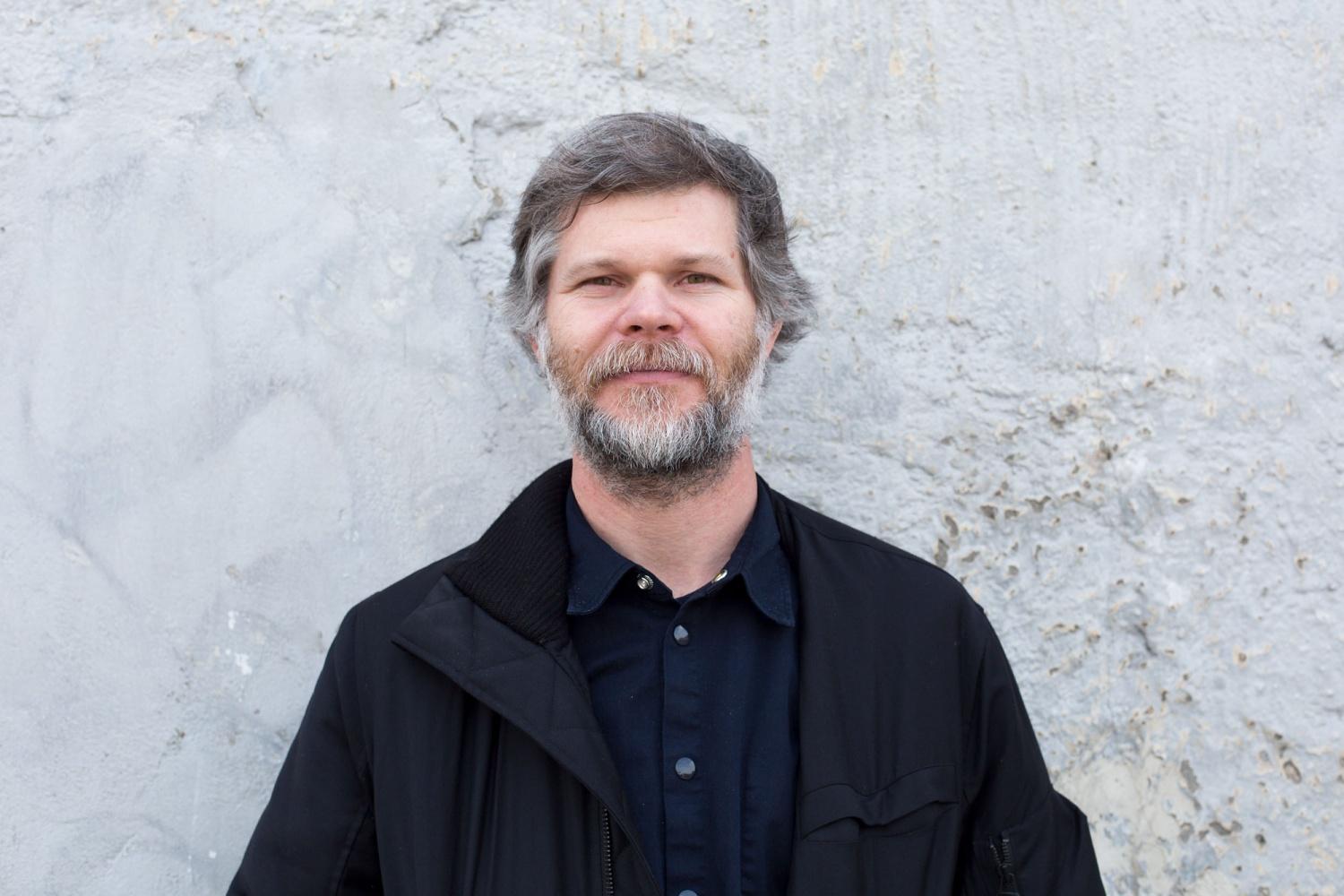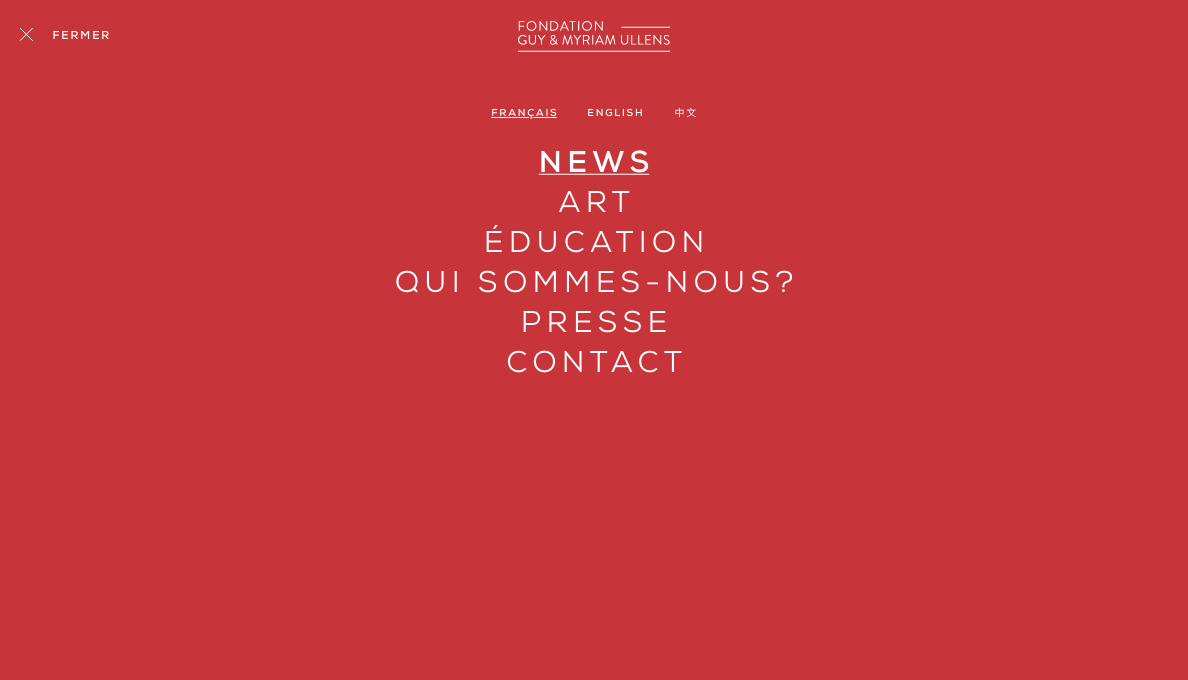Casey Reas

Casey REAS (a k a Casey Edwin Barker Reas, C. E. B. Reas) Born 1972 in Troy, Ohio. Lives and works in Los Angeles.
Casey Reas writes software to explore conditional systems as art. Through defining emergent networks and layered instructions, he has defined a unique area of visual experience that builds upon concrete art, conceptual art, experimental animation, and drawing. While dynamic, generative software remains his core medium, work in variable media including prints, objects, installations, and performances materialize from his visual systems.
Reas’ software, prints, and installations have been featured in over one hundred solo and group exhibitions at museums and galleries in the United States, Europe, and Asia. Recent venues include the San Francisco Museum of Modern Art and the Art Institute of Chicago, and recent commissions have been awarded by the Whitney Museum of American Art and the New World Symphony in Miami. Reas’ work is in a range of private and public collections, including the Centre Georges Pompidou and the Victoria and Albert Museum.
Reas is a professor at the University of California, Los Angeles. He holds a masters degree from the Massachusetts Institute of Technology in Media Arts and Sciences as well as a bachelors degree from the School of Design, Architecture, Art, and Planning at the University of Cincinnati. With Ben Fry, Reas initiated Processing in 2001. Processing is an open source programming language and environment for the visual arts.
Reas recently co-wrote and designed the book 10 PRINT CHR$(205.5+RND(1)); : GOTO 10 (MIT Press, 2013). Reas and Fry published Processing: A Programming Handbook for Visual Designers and Artists, a comprehensive introduction to programming within the context of visual media (MIT Press, 2007). With Chandler McWilliams and Lust, Reas published Form+Code in Design, Art, and Architecture (Princeton Architectural Press, 2010), a non-technical introduction to the history, theory, and practice of software in the visual arts. Reas’ Process Compendium 2004—2010 documents six years of his work exploring the phenomena of emergence through software.
